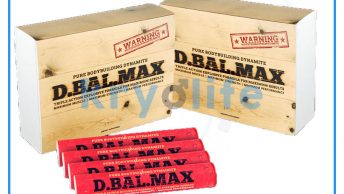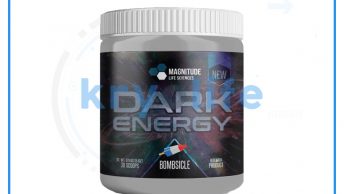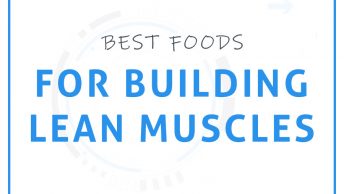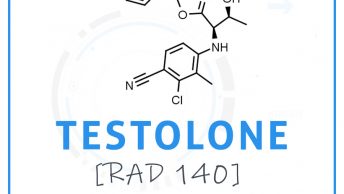To maintain total well-being, one must maintain good dental health. However, there are several situations where tooth extraction is required.
This article aims to give readers clarity about tooth extraction, including its causes, procedures, and vital post-op steps that guarantee optimal healing.
Reasons for Tooth Extraction
Dental decay and damage
Tooth decay and pain are among the main reasons for tooth extraction, both for young and old. And to escape from such pain, extraction may be the best solution when decay progresses deep into the tooth, compromising its structure and causing pain.
Additionally, teeth severely cracked or fractured beyond repair may require extraction to alleviate discomfort and prevent infection.
Periodontal disease
Advanced gum disease, known as periodontitis, is a condition when our gums recede, bone tissue deteriorates, teeth become loose, and needs to be extracted to prevent further damage to surrounding structures. Extracting affected teeth allows for the management and treatment of periodontal disease.
Impacted teeth
Impacted teeth are those that fail to erupt fully or at all. Wisdom teeth are a typical example of impacted teeth. Impaction occurs when there is limited space for the teeth to grow correctly. It, therefore, causes various issues associated with a lack of room, such as pain, infection, and misalignment of adjacent teeth. In such cases, extracting impacted teeth is often advised to avoid intrusive techniques such as removal by surgery.
Tooth Extraction Procedures
Before the extraction
Before the procedure, your dentist will do a thorough checkup and take X-rays of the affected tooth and its surrounding structures. On concluding all this data gathered, your dentist recommends the right anesthesia option, such as local anesthetics, general anesthetics, and sedatives, according to your dental health needs.
Simple tooth extraction
Simple tooth extraction is typically performed on visible teeth that are fully erupted. After administering local anesthesia, the dentist uses elevators and forceps to loosen and remove the tooth from its socket gently. The procedure is relatively quick and straightforward.
Surgical tooth extraction
Surgery is necessary for teeth that are severely damaged, impacted, or only partially erupted. The gum tissue could need to be sliced for a more extensive procedure, and the tooth’s supporting bone might need to be removed.
The dentist will separate the tooth into smaller pieces depending on the situation in order to remove it more easily. Typically, local anesthesia or further sedation is used during surgical extractions.
Aftercare Instructions
Following a tooth extraction, proper aftercare is crucial to promote healing and prevent complications. Here are some essential aftercare instructions:
Immediate post-extraction care
After the extraction, your dentist will provide you with gauze pads to bite down on, helping to control bleeding. It is essential to keep the gauze in place for the recommended duration. Avoid excessive rinsing or spitting to prevent dislodging the blood clot, which can further lead to a painful condition called dry socket.
Pain management and medication
Following tooth extraction, some soreness and swelling are typical. In addition to offering over-the-counter painkillers, your dentist will prescribe painkillers. Applying an ice pack to the affected area can provide extra relief by reducing swelling.
Oral hygiene practices and dietary restrictions
Proper oral hygiene is crucial during the healing process. However, it’s essential to be gentle around the extraction site and avoid brushing or rinsing vigorously for the first 24 hours. Afterward, gently rinse with a saltwater solution to keep the area clean. Avoid using a smoking, or consuming hot and spicy foods, as these can impede healing and increase the risk of complications.
Follow-up appointments
Depending on your condition, your dentist will set a follow-up appointment to check the healing. Appointment attendance is essential during this.
Tooth extraction can sometimes be a complex procedure, but advancements in dental care have led to the development of new minimally invasive techniques. If you want to learn more about minimally invasive tooth extraction solutions, you can visit RockWest dental clinic’s website.
Potential Complications and Risks
While tooth extraction is a standard dental procedure, it is not entirely without risks. Some potential complications include:
Dry socket
A dry socket occurs when the blood clot that forms after the extraction becomes dislodged or dissolves prematurely. This can cause severe pain and delay the healing process.
Infection
Infection at the extraction site is possible if proper oral hygiene practices are not followed, or the area is exposed to bacteria. Symptoms may include increased pain, swelling, or pus formation.
Nerve damage
The extraction may cause pain, numbness, or tingling over minutes or, in extreme cases, permanently damage surrounding nerves causing severe symptoms.
Bleeding issues
While some bleeding is expected after the procedure, excessive or prolonged bleeding may indicate a problem. It is essential to contact your dentist if bleeding persists.
Alternatives to Tooth Extraction
In some instances, alternatives to tooth extraction may be considered. These options include:
Fillings and dental restorations
A filling can often repair the affected tooth if tooth decay is detected early. Dental restorations such as crowns or inlays may be used for more extensive damage.
Root canal treatment
If your tooth has suffered from severe decay or infection, root canal therapy may be able to save it. To stop additional damage, the infected pulp is removed during this surgery, and the tooth is sealed.
Orthodontic treatments
Misaligned teeth can sometimes be addressed through orthodontic treatments like braces or aligners, eliminating the need for extraction.
Conclusion
Understanding tooth extraction, its reasons, procedures, and aftercare is essential for maintaining good dental health. Recognizing the signs and seeking timely dental intervention can prevent further complications and preserve your smile. Remember to diligently follow your dentist’s aftercare instructions to ensure a smooth and successful recovery. Practice good oral hygiene habits and schedule regular dental checkups to keep your smile healthy for years.
Maintaining a healthy physical state’s also essential to your well-being. If you want to learn more about the best supplements for gaining muscle, see our post on “Top 5: Best Muscle Building Supplements.” Dental and general health can be enhanced by taking good care of your body and exercising frequently.
By implementing these practices into your routine, you can live a healthier and happier life. Remember that maintaining good dental health is as crucial to overall health as any other health objective.







